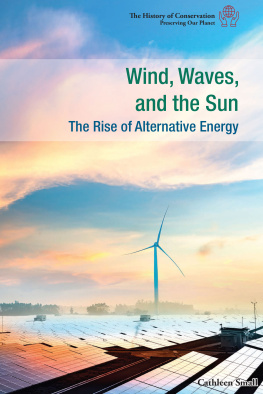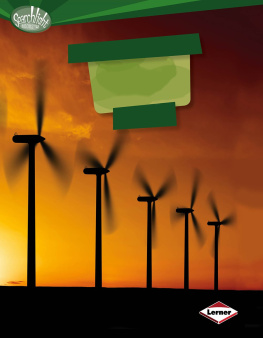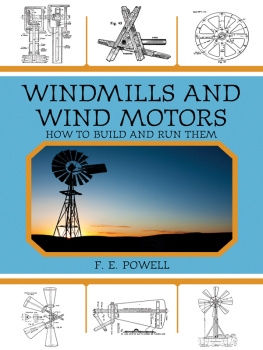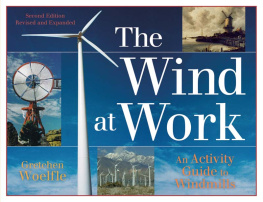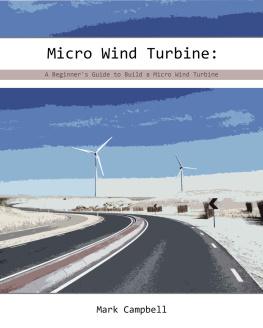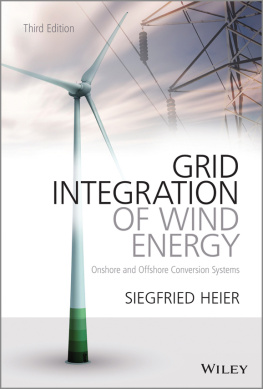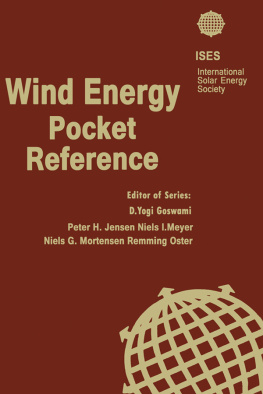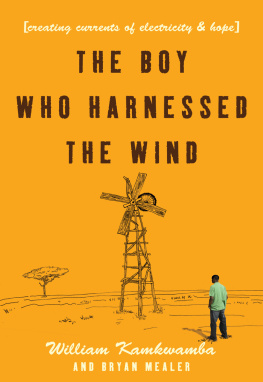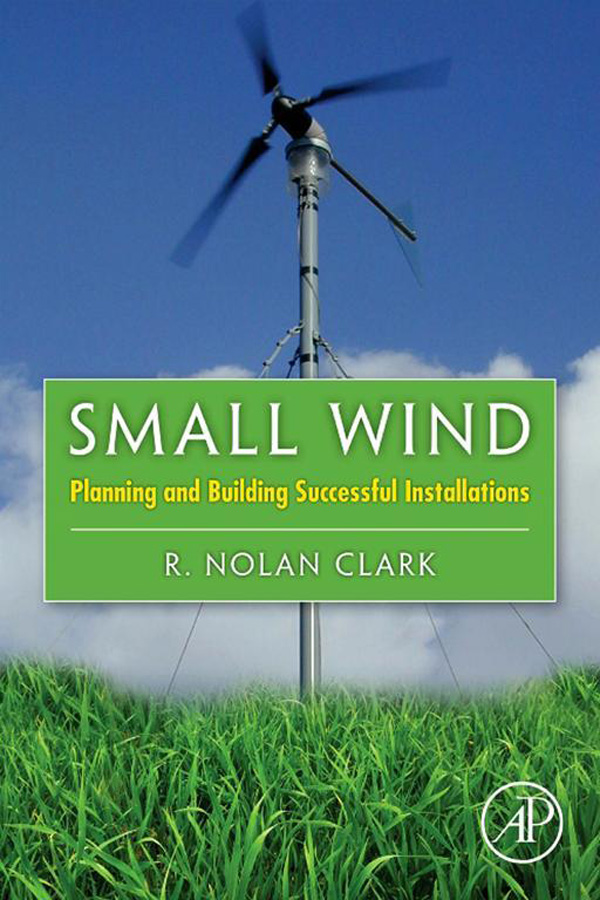R. Nolan Clark
Copyright
Academic Press is an imprint of Elsevier
225 Wyman Street, Waltham, MA 02451, USA
The Boulevard, Langford Lane, Kidlington, OX5 1GB, UK
2014 Elsevier Inc. All rights reserved.
No part of this publication may be reproduced or transmitted in any form or by any means, electronic or mechanical, including photocopying, recording, or any information storage and retrieval system, without permission in writing from the Publisher. Details on how to seek permission, further information about the Publishers permissions policies and our arrangements with organizations such as the Copyright Clearance Center and the Copyright Licensing Agency, can be found at our website: www.elsevier.com/permissions.
This book and the individual contributions contained in it are protected under copyright by the Publisher (other than as may be noted herein).
Notices
Knowledge and best practice in this field are constantly changing. As new research and experience broaden our understanding, changes in research methods, professional practices, or medical treatment may become necessary.
Practitioners and researchers must always rely on their own experience and knowledge in evaluating and using any information, methods, compounds, or experiments described herein. In using such information or methods they should be mindful of their own safety and the safety of others, including parties for whom they have a professional responsibility.
To the fullest extent of the law, neither the Publisher nor the authors, contributors, or editors, assume any liability for any injury and/or damage to persons or property as a matter of products liability, negligence or otherwise, or from any use or operation of any methods, products, instructions, or ideas contained in the material herein.
Library of Congress Cataloging-in-Publication Data
Clark, R. N. (Ray Nolan)
Small wind : planning & building successful installations/R. Nolan Clark.
p. cm.
Includes bibliographical references.
ISBN 978-0-12-385999-0
1. Wind energy conversion systems--United States--Design and construction. 2. Wind power plants--United States--Design and construction. 3. Wind power--United States. I. Title.
TJ820.C53 2013
621.312136--dc23
2012023443
British Library Cataloguing-in-Publication Data
A catalogue record for this book is available from the British Library.
ISBN: 978-0-12-385999-0
For information on all Academic Press publications visit our website at http://store.elsevier.com
Printed in the United States of America
12 13 14 15 167 6 5 4 3 2 1

Preface
The word small is a relative term in that it often means something different to almost everyone. The size of small wind turbines has been changing since the beginning of the use of wind power to grind grain and pump water. Wind turbine sizes in todays small wind category include all but a handful of machines that were constructed prior to 1980. Some notable large wind turbines built before 1980 include the SmithPutman built in 1941, the John Brown built in 1955, and the Gedser erected in 1957. Several countries in Europe were experimenting with larger wind turbines in the 1950s, but abandoned most development because of the abundance of low-cost petroleum. Many of the first wind turbines installed in wind farms in California, Denmark, and Germany during the mid-1980s had rotor diameters of approximately 15 m, which gave them a rotor area of just under 200 m2 (2,200 ft2). Everyone considered them large because they were much larger than the common electric batterycharging turbines sold in the 1930s and 1940s.
The first small wind turbine standard, developed by the International Electrotechnical Commission (IEC) in 1996, defined small wind turbines as those with a rotor area smaller than 40 m2 (440 ft2). They had a 7.2 m (24 ft) diameter and a power rating of approximately 13 kW at an 11 m/s wind speed. However, as wind turbines became larger in the early 2000s, the upper limit of small wind was questioned.When the IEC revised the small wind design standard in 2006, the rotor area was increased to 200 m2 (2,200 ft2), five times the earlier upper limit. A turbine with an area of 200 m2 has a rotor diameter of 16 m (52 ft) and a power rating of 65 kW at a wind speed of 11 m/s. The British Wind Energy Association Small Wind Turbine Performance and Safety Standard also set the upper limit at 200 m2. In 2009, when the AWEA Small Wind Turbine Performance and Safety Standard was adopted, the rotor area for small wind machines followed the IEC standard of 200 m2. Not too long after that, the association changed their definition of small wind to include all turbines with a rotor capacity of 100 kW or less. A 100 kW wind turbine has a rotor area of 350 m2 (3,850 ft2) and a rotor diameter of 21 m (70 ft).
So the upper limit of small wind turbines has grown. As a result, the definition of small keeps changing as the wind industry matures and gains more experience with larger machines. The IEC has prepared a draft third revision for the small wind turbine design standard. In the new draft they retain the 200 m2 upper limit for small wind turbines, which means that, for the next 10 years, we can expect the upper limit to remain the same as is currently.
There are many things to consider when choosing a small wind system either to provide electricity where none is available or to offset the purchase of expensive electricity. The two most important things to consider are the location of the turbine and the type of turbine to purchase. Selecting a proper site requires time to examine the wind speeds available, the permits required, and the land available to meet all safety and operational concerns. Selecting a wind turbine of sufficient size requires knowledge of the anticipated electric load that it will power, as well as knowing that it has been tested and is certified to meet performance and safety standards. It is hoped that the information in this book will help readers make the right choices and guide them in completing a successful installation.
Acknowledgments
The assistance of Trudy Forsyth and Frank A. Oteri is greatly appreciated in writing the chapters on distributed wind systems and economic considerations. Trudy is retired from the National Renewable Energy Laboratory (NREL)/National Wind Technology Center, where she was a mechanical engineer V and the Distributed Wind Program lead. Frank is a contractor with Wind Powering America/NREL serving as communications specialist.
I thank all the engineers, scientists, manufacturers, policy makers, and research program managers for their candid discussions, criticism, and encouragement over the last 35 years as I led a small team conducting research and testing for the USDAAgricultural Research Service in Bushland, Texas. I am grateful for all the opportunities I had to conduct research and development work with the engineers at Sandia National Laboratories and NREL and for their support for my research activities with mostly small wind systems.


